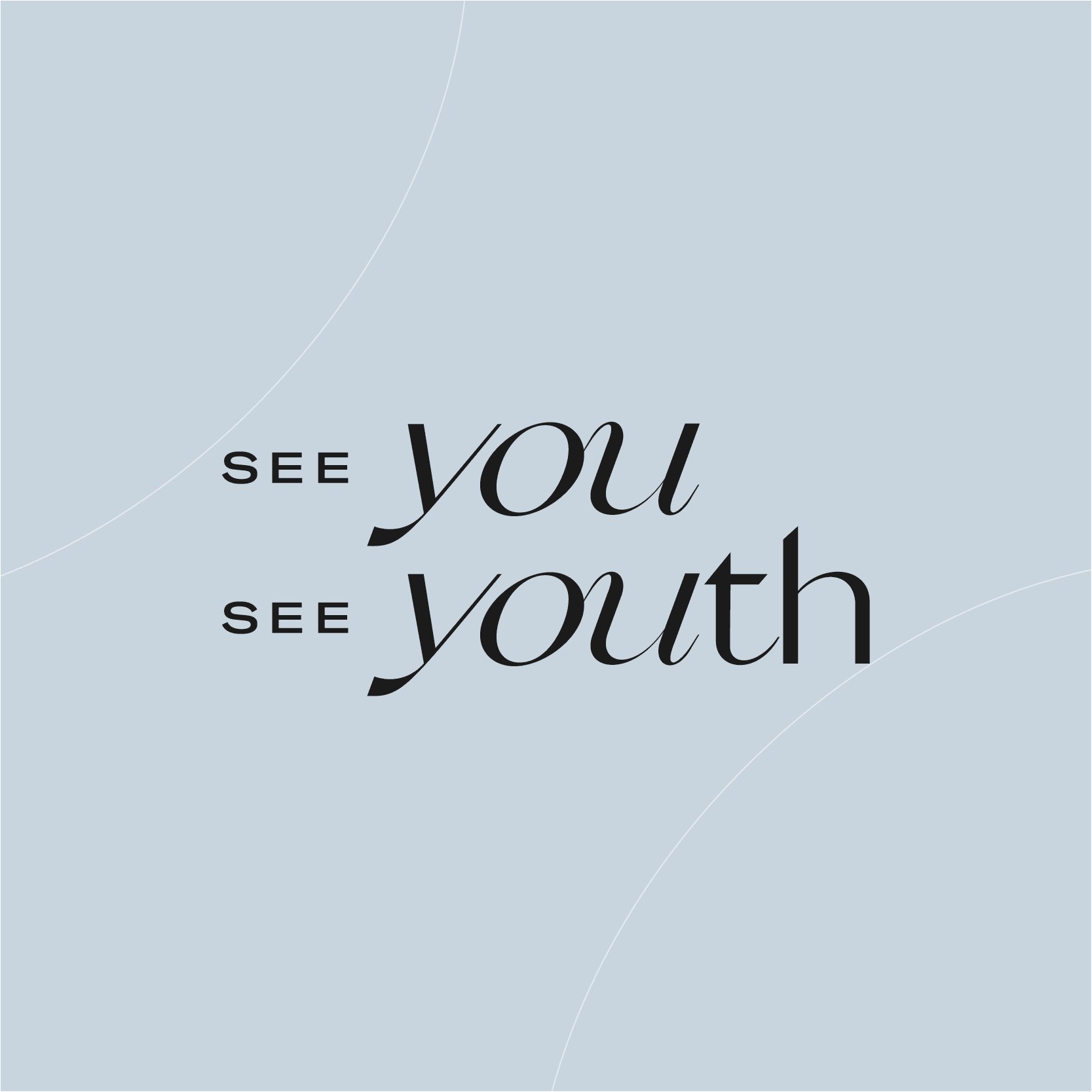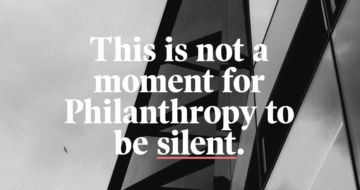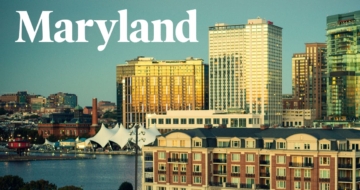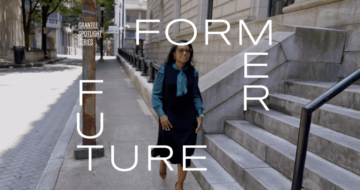Summers typically unfold with news reports of surging youth violence, whether or not data support the conclusion that young people are at the center of that surge. And, unfortunately, this summer hasn’t been any different.
What is different is our understanding of youth violence—what we now know is that the kids at the highest risk of being involved in violence are also most likely to be victims of violence. As a society, we have chosen not to stop kids from getting their hands on a gun, but we can teach them to solve their problems without one. We can reduce the violence they’re exposed to and reduce how often they resort to violence as a response, and we can do this at a fraction of the cost of incarceration.
I’ve seen first-hand how incarceration affects kids and communities—from the West Side of Chicago, where I grew up, to my tenure running the Illinois Department of Juvenile Justice. I grew up with Black boys who were just regular kids to me, but they were aging into a system that assumed their criminality and endangered their lives. They were considered guilty before proven innocent—or at the most, punished like adults for behaving like ordinary kids—like Tamir Rice and Karon Blake.

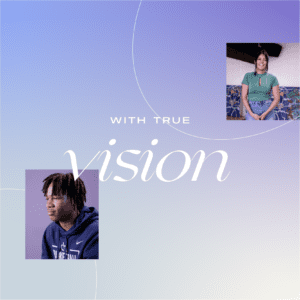
When I ran the Illinois Department of Juvenile Justice, there were whole swaths of kids incarcerated for normal adolescent behavior. But incarceration wasn’t “correcting” those behaviors. Instead, it was reinforcing the very conditions that led to the poor decision-making that landed those kids in custody in the first place. We’d just given them a 50-50 chance of ending up back in custody, and possibly taken them out of the job market for much of their adult lives, when what we needed to do was provide educational programs, therapeutic services, and post-secondary opportunities that led to solid employment.
The “corrections” system as we know it today assumes incarceration is corrective, even though recidivism rates and public safety prove otherwise. Our country has the highest incarceration rate in the world. If incarceration made us safer, the U.S. would be the safest country on earth, but it’s 129th out of 163.
SEE YOU, SEE YOUTH.
Kids in conflict with the law are characterized as irredeemable criminals, especially Black youth, who are four times more likely to be confined than white youth. This is the outcome of the mid-90s “superpredator” fallacy for a generation of Black boys. While the prediction didn’t pan out, the term lodged itself in the public subconscious, reinforcing racialized tropes that had long existed, and it continues to shape our perception of young Black males, especially among people with little exposure to Black youth.
As a society, we talk about these kids, but we don’t talk to them, nor do we listen to what they have to say. We talk about what’s best for “them” without knowing who “they” are. We end up more informed by rhetoric than reality. We forget that we were kids once, and we did stupid, impulsive things with random consequences, depending on if we were caught and who we were.
Rarely do we let kids speak for themselves, which is something Public Welfare Foundation is working to change with our “See You, See Youth” campaign. The campaign offers young people a chance to speak for themselves. If we’re going to make informed choices about juvenile justice, we need to hear from the people impacted by it. We also need to have an understanding of brain development at that stage of life so we can teach them self-regulating skills.
HELPING KIDS NOW
America’s kids are growing up in a cauldron of cultural violence and living in a world with more firearms than human beings. Children in the most violence-prone areas live in constant fear of being victims. Their developing brains are exposed to chronic trauma, and sometimes, unless there is intervention, their life choices reflect it. Kids can and will model grounded, productive behavior when they are exposed to it. We know this because there are local nonprofits that provide it:
- Chicago CRED, which teaches kids cognitive behavioral awareness, reported that 97% of its FLIP (Flatlining Violence Inspires Peace) hotspots — areas prone to violence and shootings where CRED has focused its intervention methods—had zero shootings over the 4th of July holiday weekend, and eight of its served communities saw a year-to-year reduction in violence.
- Arches in New York City created community centers with “credible messengers,” people with lived experience who mentor and work with high-risk youth in the system. Associated data showed an exponential drop in recidivism.
- Oakland Unite, employed credible messengers to wrap high-risk individuals in cognitive behavioral therapy-informed “transformative mentoring.” It was funded by Measure Z, the Oakland Public Safety and Services Violence Prevention Act, which drove down gun violence in Alameda County and Oakland.
- We know that investment in communities reduces violence. Using 20 years of data, Princeton Prof. Patrick Sharkey demonstrated that, “For every 10 nonprofits that were formed to confront violence and to build strong communities, led to a roughly 9% drop in the murder rate in a typical city.”
This is all good news, and we should be shouting about effective violence intervention programs from the rooftops. We’re No. 1 in incarceration, No. 129 in public safety, and we have a growing body of evidence that community-based violence intervention programs have a measurably positive effect on public safety – how can this not be the story of the decade? Incarceration costs us more than $1 trillion a year, while these demonstrably more effective local nonprofits run on a shoestring.
Why? Because reality doesn’t fit the rhetoric that any approach to crime that isn’t hard is soft. The reality is that we’re pouring billions into systems that escalate the likelihood of recidivism, unemployment, homelessness, and suicide. The reality is that our idea of being “tough on crime” costs taxpayers a fortune and does not make us safer.
Investment makes communities safer. Investment in clean drinking water, in safely lit, paved streets, and the infrastructure necessary for working people, schools, and small businesses to thrive—these things make communities safer. Investment in community groups addressing violence makes us safer. Investing in the well-being of the kids most likely to be involved in violence makes everyone safer. We know how to give those kids the best chance they have of staying out of the system, and it’s not incarceration. It’s providing life skills and opportunities that make the risk of incarceration unacceptable.
Once we understand and see these youth as people and not caricatures, we can invest more responsibly in their best interest as well as our own. We can put them on the path toward a constructive life, and make our communities safer and more prosperous. It’s a matter of choice. We can continue pouring resources into a failed experiment, or we can challenge ourselves and read about a steep decline in youth violence in the summers to come.
